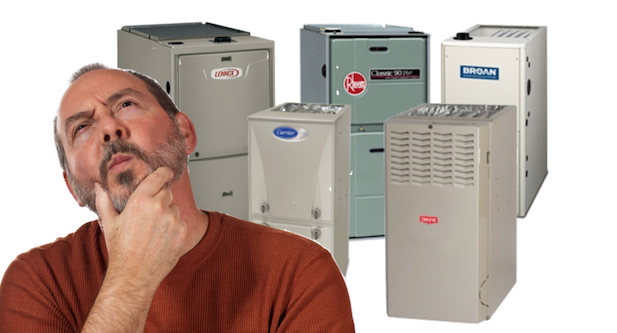A furnace comes in very handy during this extreme winter season. Here we will give you some tips to help you select the best furnace for your home:
- Essentials of Furnaces
Furnaces have evolved from wood and coal stoves to oil or natural gas burning furnaces in order to comply with government regulations and increase efficiency. There are four basic categories for residential furnaces based on design and efficiency:
- Natural Draft
It uses the principle of natural convention where warm air rises. The furnaces are made of cast iron heat exchangers built in an outer shell of steel. Air circulates going through specialized pipes channelling the warm air into the floor or wall vents inside your home.
- Forced Air
Warmer air is passed through a blower and control is done by the homeowner or user.
- Forced Draft
The stand out difference between the forced air furnace and a forced draft is that it is more compact than previous ones. It is more fuel efficient and works best paired to a central air conditioning system.
- Condensing Furnace
It is regarded as the most efficient furnace with a sealed combustion draft inducer, secondary heat exchanger, and a combustion draft inducer. The heat exchanger filters heat from the exhaust gas condenses water vapour and other chemicals.
- Buying Guide for Furnaces
Having information on the necessity of having a furnace it is important to gain even more knowledge before settling on a unit, in the long run saving you both money and time. Furnaces come in two varieties. First is the single stage, which has the on and off selection without the middle setting. The second variety is the two-stage furnace which has the middle setting which kicks in to compensate if the first set is not sufficient.
It is also important to scout further for factors that may determine the right furnace for you:
- Size
Size scheming take into account the weather, and dimensions, structure and design of your home.
- Efficiency
Efficient furnaces produce the least amount of emissions.
- Furnace Features
- Variable-Speed Blowers
They produce less noise, drafts and unwelcomed changes in the rooms’ heat.
- Variable Heat Output
It increases efficiency between two levels ensuring there is a variance in the amount of heat delivered by the furnace.
- Air Filtration
Installing an electrostatic filter reduces the quantity of dust blustered through the system.
- Ignition System
Efficiency is increased in furnaces which have direct trigger, or hot surface ignition doing away with constant initial light.
- Warranty
High-efficiency furnaces have a longer warranty compared to their lower counterparts.
Regular tune-ups can extend the lifespan of a furnace, cut heating costs and limit repairs. But it is important to take your time before selecting a furnace for your home or office. Make sure you have all the right information or consult a professional.

